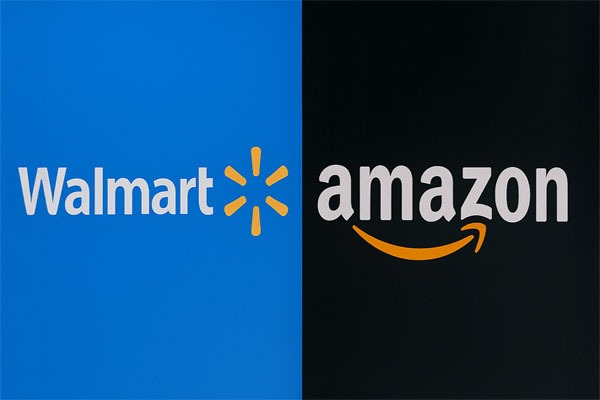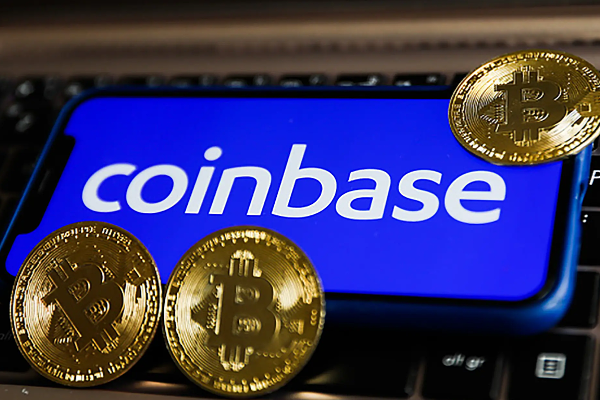Giants deploy digital payments: Walmart and Amazon explore their own stablecoins

According to reports, US retail giant Walmart and e-commerce platform Amazon are actively evaluating the feasibility of launching their own stablecoins within their ecosystems, and the relevant plans have entered the preliminary research stage.
People familiar with the matter pointed out that the two companies plan to embed stablecoins into their respective merchant networks and consumption scenarios for commodity payment, member points settlement and B2B supply chain capital circulation. By issuing and promoting internal universal digital currency tools, Walmart and Amazon are expected to remove a large number of transactions that originally relied on cash and bank cards from traditional financial channels, thereby significantly reducing high payment fees.
Industry analysts believe that stablecoins, as digital payment tools anchored to fiat assets such as the US dollar, have the advantages of fast transaction speed, low cost and programmability, which can improve the efficiency of fund settlement of large retail platforms and enhance user stickiness. Especially in a retail system with an annual transaction volume of more than 100 billion US dollars, even a 1% reduction in fees will bring billions of dollars in savings.
Although the two companies have not officially disclosed their stablecoin issuance plans, their layout frequency in the fields of blockchain and payment technology has significantly accelerated in recent years. Walmart applied for a patent related to digital currency as early as 2021, and Amazon continues to recruit senior executives in blockchain technology and digital asset payment.
At present, whether to choose to cooperate with third-party financial institutions or blockchain companies for issuance remains to be confirmed. If the stablecoin plan is implemented in the future, it may have a profound impact on the retail payment structure in the United States and pose new competitive pressure on the traditional financial payment system.









